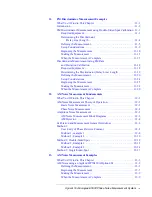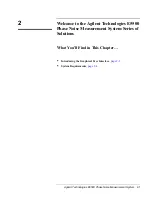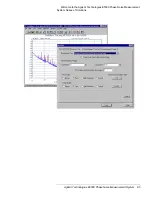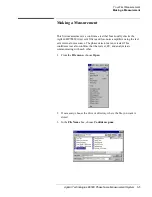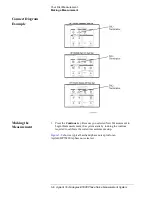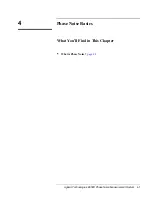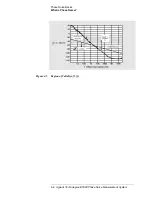
3-2
Agilent Technologies E5500 Phase Noise Measurement System
Your First Measurement
Designed to Meet Your Needs
Designed to Meet Your Needs
The Agilent E5500 phase noise measurement system is a high performance
measurement tool that enables you to fully evaluate the noise characteristics
of your electronic instruments and components with unprecedented speed
and ease. The phase noise measurement system provides you with the
flexibility needed to meet today’s broad range of noise measurement
requirements.
In order to use the phase noise system effectively, it is important that you
have a good understanding of the noise measurement you are making. This
manual is designed to help you gain that understanding and quickly progress
from a beginning user of the phase noise system to a proficient user of the
system’s basic measurement capabilities.
NOTE
If you have just received your system, or need help with connecting the
hardware or loading software, refer to Installation Guide now. Once you
have completed the installation procedures presented in Installation Guide,
return to the following page to begin learning how to make noise
measurements with the system.
As You Begin
The “E5500 Operation; A Guided Tour” contains a step-by-step procedure
for completing a phase noise measurement. This measurement
demonstration introduces system operating fundamentals for whatever type
of device you plan to measure.
Once you are familiar with the information in this chapter, you will be ready
to start
Chapter 5, “Expanding Your Measurement Experience”
. After you
have completed “Expanding Your Measurement Experience”, you will want
to refer to
Chapter 15, “Evaluating Your Measurement Results”
for help in
analyzing and verifying your test results.
As You Progress
As you become familiar with the operation of the phase noise system you
will need to refer to this guide less often. There may, however, be times
when you encounter problems while running your measurements. Problem
solving suggestions have been provided at the back of chapter 3 to help you
deal with conditions that can prevent the system from completing its
measurement.


